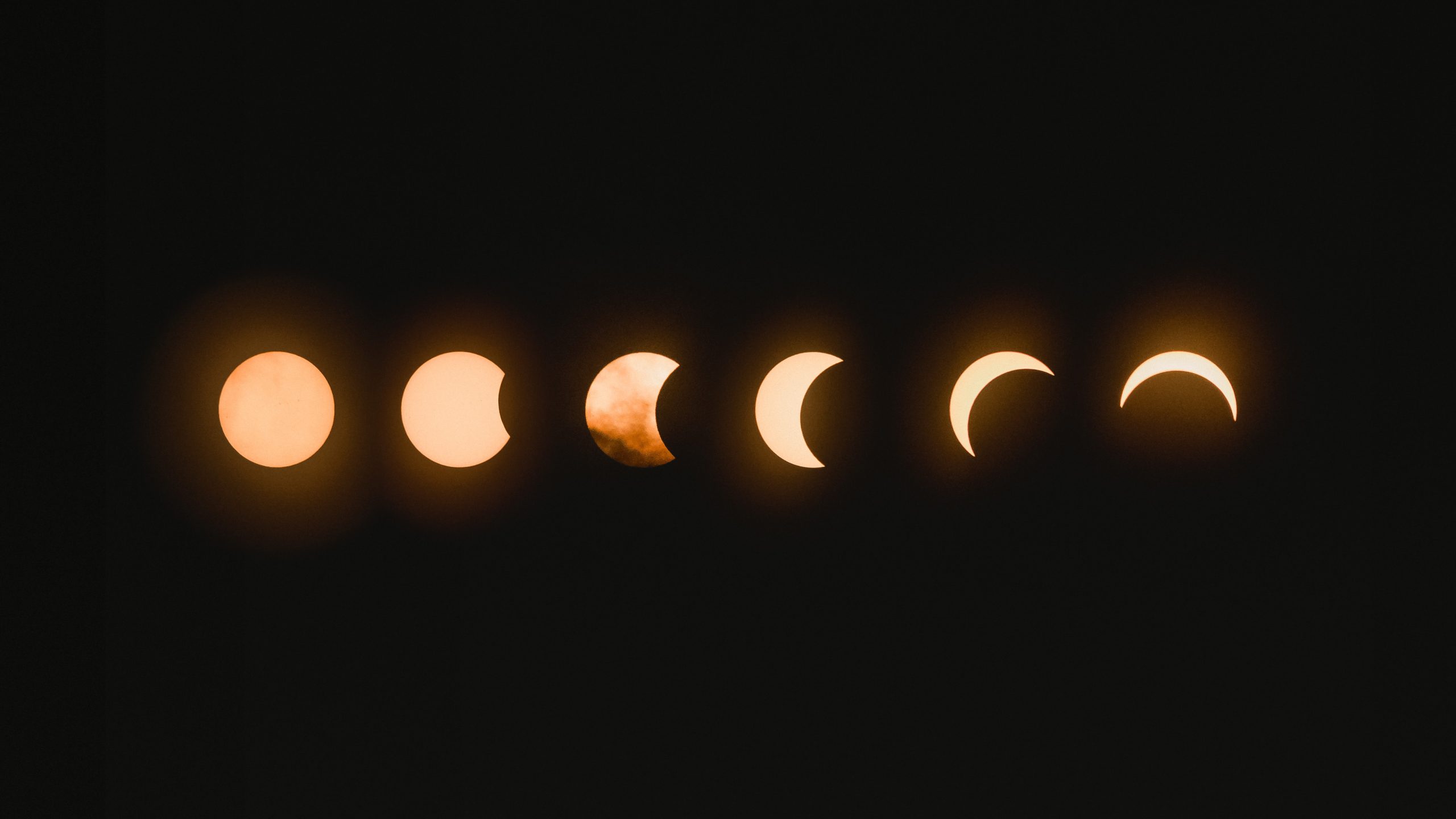What is the Moon Called Tonight in 2023?
The moon, Earth’s only natural satellite, has captivated the human imagination for millennia. Its luminous presence in the night sky, waxing and waning, has inspired poets, lovers, and astronomers alike. The moon’s phases change throughout the year, and each full moon carries its own unique name, often rooted in ancient traditions and folklore.
In this blog post, we will explore the names of the full moons expected in 2023 and the fascinating history and significance behind these names.
The Lunar Calendar and Full Moon Names
The lunar calendar is based on the moon’s orbital cycle around the Earth, which is approximately 29.5 days long. This means that each lunar month consists of one complete cycle of moon phases, from new moon to full moon and back again.
Throughout history, different cultures and civilizations have developed their own systems for tracking the moon’s progress through these phases. Ancient peoples often relied on the moon to help them mark the passage of time and track the changing seasons. As a result, many cultures developed names for each full moon, each serving as a marker of a particular time of the year or a seasonal event.
The Full Moons of 2023
In 2023, just as in any other year, there will be 12 full moons, one for each month. Let’s explore the names and significance of these upcoming full moons:
| Month | Name | Significance |
|---|---|---|
| January | Wolf Moon | In Native American folklore, wolves would howl at the full moon during winter nights. |
| February | Snow Moon | Named after the snowy conditions often experienced in February. |
| March | Worm Moon | Indicates the return of earthworms to the soil, symbolizing the start of spring. |
| April | Pink Moon | Derived from the appearance of pink phlox flowers, which bloom in April. |
| May | Flower Moon | Reflects the abundance of flowers blooming in May, heralding the arrival of summer. |
| June | Strawberry Moon | Named after the strawberry harvest, which typically occurs in June. |
| July | Buck Moon | Indicates the time when the new antlers of buck deer begin to grow. |
| August | Sturgeon Moon | Named after the abundance of sturgeon available in certain lakes and rivers during this month. |
| September | Harvest Moon | Traditionally the full moon closest to the autumn equinox, it provides extra light during the harvest season. |
| October | Hunter’s Moon | Refers to the bright moonlight helpful for hunting during this time of year. |
| November | Beaver Moon | Suggests that this is the time to set beaver traps before the swamps freeze. |
| December | Cold Moon | Reflects the arrival of winter and the cold temperatures that accompany it. |
Note: The names provided in the table above primarily stem from Native American and European traditions. However, it’s important to note that different cultures may have different names for the full moons based on their own unique beliefs and customs.
The Cultural Significance of Moon Names
Throughout history, full moon names have held cultural and spiritual significance for various communities.
For Native American tribes, these names were often linked to the seasonal changes they observed in their homeland. The full moon names provided a way to navigate their environment, anticipate weather patterns, and mark significant events such as harvest or migration.
In European folklore, full moon names were often associated with agricultural practices, hunting, or cultural traditions. People relied on the moon’s phases to guide their daily lives, from farming and fishing to celebrating festivals and conducting religious rituals.
Today, these names continue to be cherished and celebrated, reminding us of our deep connection to the natural world and the power of tradition and storytelling.
Observing the Full Moons
If you’re interested in observing the full moons of 2023, it’s important to familiarize yourself with the lunar calendar and regularly check for updates on specific dates and times. You can find reliable information on websites dedicated to astronomy, as well as through mobile applications designed specifically for moon watching.
Be aware that weather conditions and atmospheric factors can influence the visibility of the moon, so it’s a good idea to plan your observations on clear nights when the sky is free of clouds and light pollution.
Whether you’re an amateur astronomer, a lover of nature, or simply someone who appreciates the beauty of the night sky, observing the full moon can be a mesmerizing and awe-inspiring experience.
Conclusion
The moon’s changing phases and its full moons have fascinated humanity for thousands of years. The full moon names that have been passed down through generations reflect the deep connection our ancestors had with the natural world and the rhythms of the seasons.
In 2023, the moon’s names will continue to evoke a deep sense of wonder and capture our imagination. So mark your calendars, step outside, and immerse yourself in the magical glow of the moon as it reveals its names throughout the year.
Table of Contents
